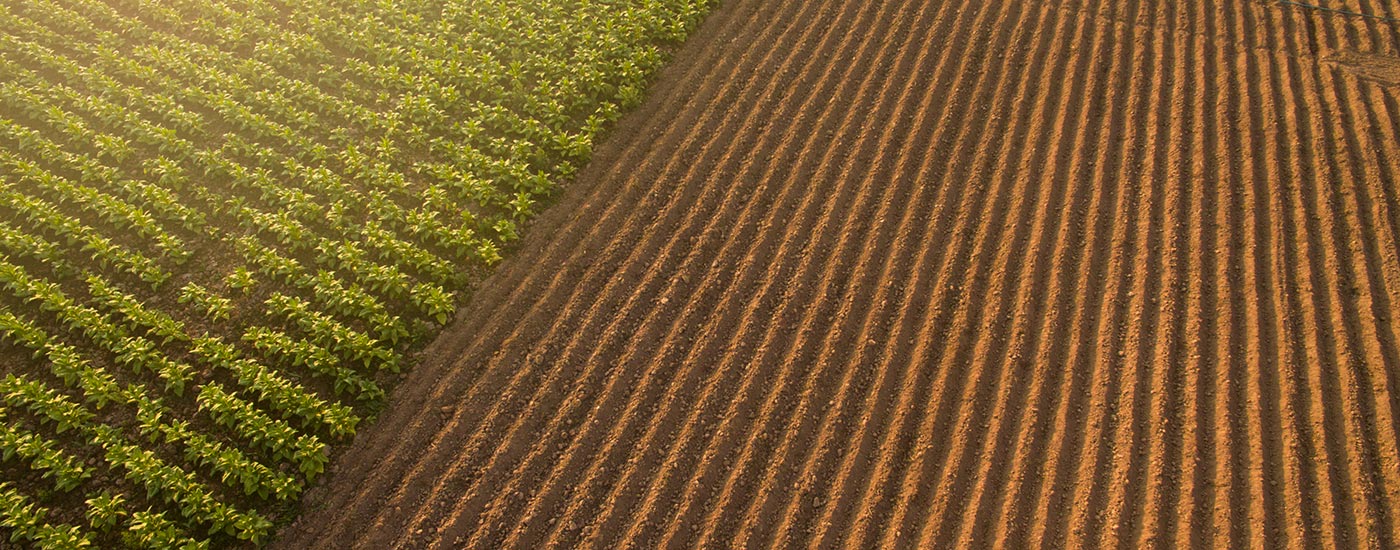Contract farming has many benefits both for the farmer and contractor and can benefit both parties.
For a farmer, contract farming can allow them to continue to be an active farmer without working the land themselves. Additionally, with most contractors providing their machinery, it means fewer costs for the farmer.
For contractors, it provides guaranteed work over the land and allows them to get increased income from providing a quality service.






